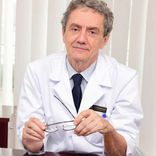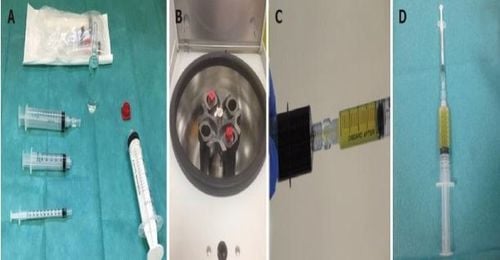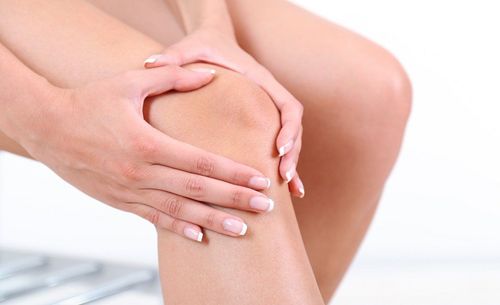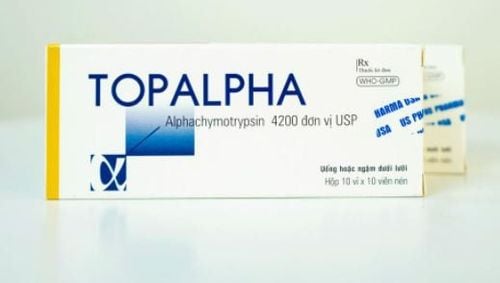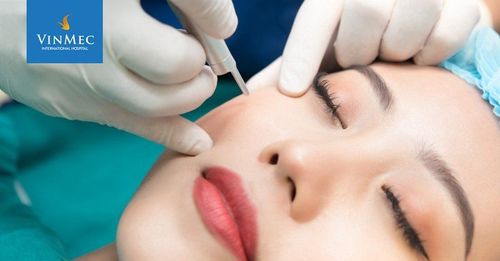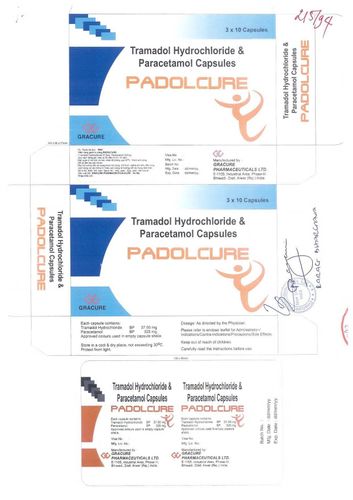This is an automatically translated article.
The article was professionally consulted by Assoc. Prof. TS.BS Phillippe Macaire - Head of Anesthesiology Department, Vinmec Times City International Hospital.Platelet-rich plasma (PRP) is a product obtained from the patient's own blood (autologously) with a high content of platelets and growth factors that are many times higher than normal levels.
1. What is PRP?
Platelet-rich plasma (PRP) is a product obtained from the patient's own blood (autologously) with a high content of platelets and growth factors that are many times higher than normal levels.
The release of growth and immunoregulatory factors by platelets to stimulate the speed and local resilience of damaged tissues is a natural process of the body. This healing process happens automatically when our body is injured.
Applying PRP treatment allows the damaged area to receive a large amount of growth factors to regenerate the damaged tissue.
This is a SAFE method because it uses YOUR OWN BLOOD.
100% of the finished PRP product is taken from the patient's own body, ie there is no possibility of infection, no allergy and no risk of incompatibility. All equipment used in a closed procedure room, is sterile and disposable. The treatment will take place in a specialized procedure room, in compliance with Vietnamese law.
2. The effect of platelet-rich plasma PRP
Reduce inflammation and pain. Stimulates the recovery of damaged tissue (tendons, cartilage, muscles,...). Regenerating and increasing the rehabilitation and function of musculoskeletal muscles. Faster recovery time.
3. PRP . modulation process
Take blood from the patient's body and prepare it under close supervision:
After the blood components are separated, the doctor will take the platelet-rich plasma with the most appropriate amount. Direct injection of PRP into the affected area. Since 2013, PRP is recognized as a pharmaceutical product for human use by the Spanish Agency for Health and Medicine (AEMPS); regulatory agency that oversees the safety, reproducibility, surveillance, traceability and information of this non-industrial drug.
PRP can be used as a single treatment or in combination with other methods.
PRP is indicated for both acute and chronic phases.
The medical staff at Vinmec are trained in the PRP method and will use it for maximum effectiveness.
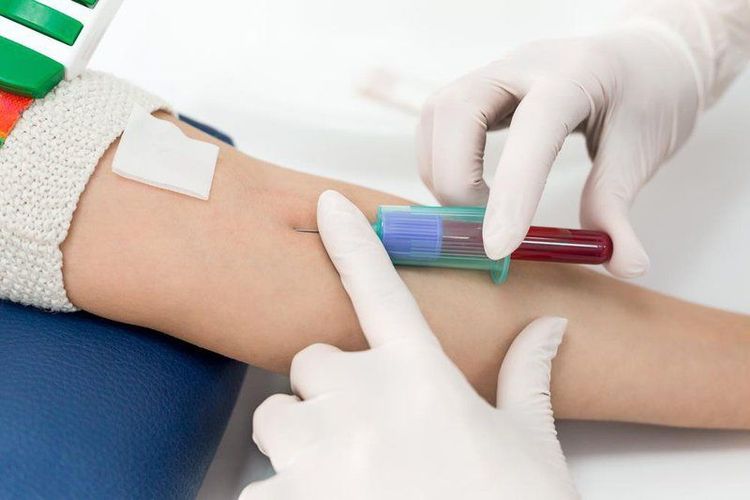
4. How long does a course of treatment take?
Depending on the clinical state of the disease and the criteria set by the pain doctor, you will be advised to take 2 to 3 injections of PRP. This is an autologous therapy and no significant side effects were observed in all studies. The only real side effects noted were those related to the procedure such as cyanosis or mild discomfort, which lasted for several hours after the injection.
Contraindications are rare. Platelet or blood clotting disorders. Infection in the injured area or fever. Have infectious diseases. Autoimmune or inflammatory disease..
5. What sports injuries does PRP apply to?
Treatment with platelet-rich plasma PRP is often indicated in cases of injuries related to sports injuries such as:Tendonitis and other tendon diseases. Injury to ligaments and meniscus. Muscle tear. Matching problem. Slow recovery after fracture. Chronic tendinitis. Surgical procedures (ligament reconstruction, tendon reconstruction,...). Others: Wounds after surgery or trauma,... Note: The information in this leaflet is not a substitute for the advice of the doctor who is treating you with platelet-rich plasma.
Please dial HOTLINE for more information or register for an appointment HERE. Download MyVinmec app to make appointments faster and to manage your bookings easily.
